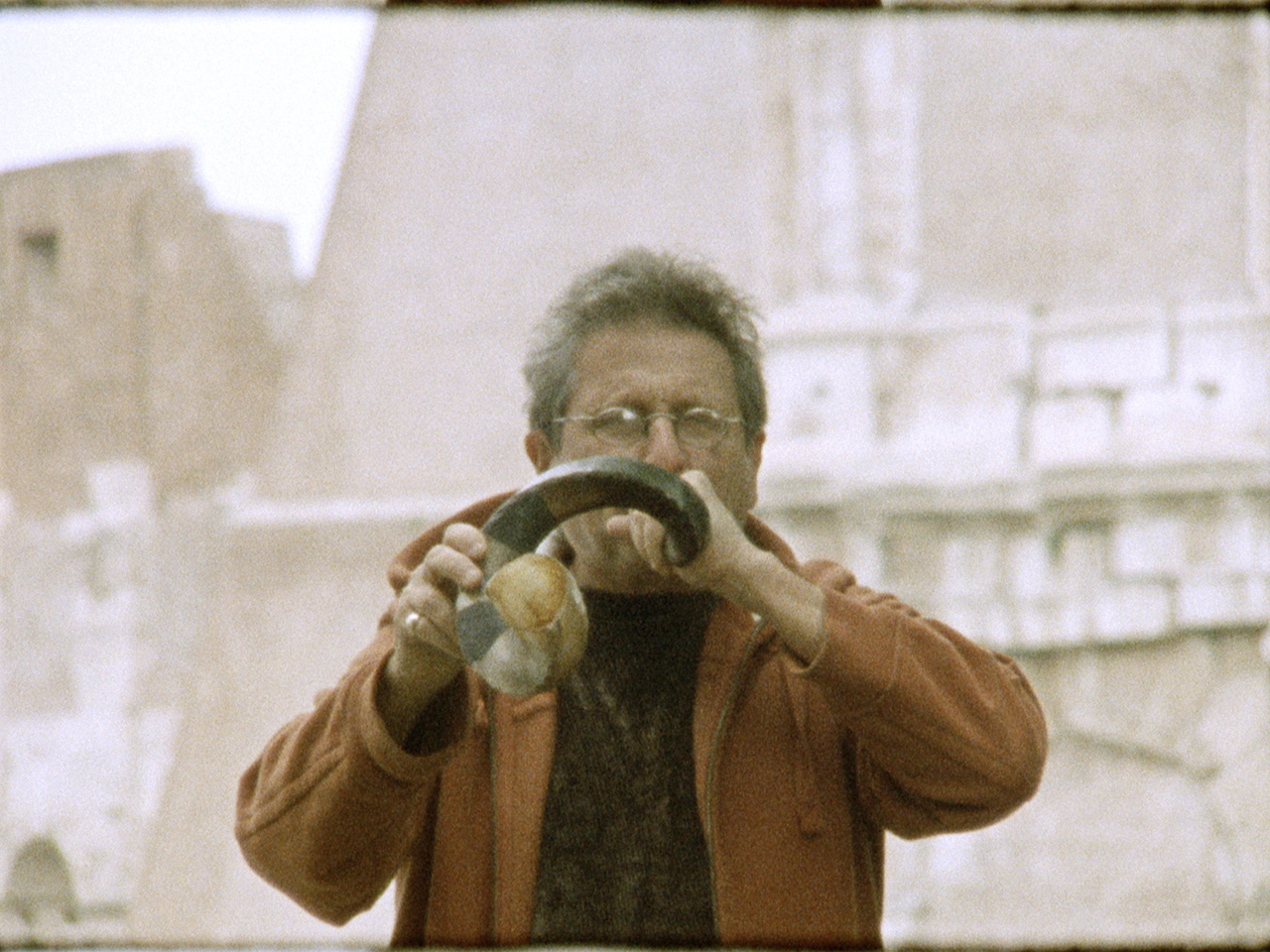
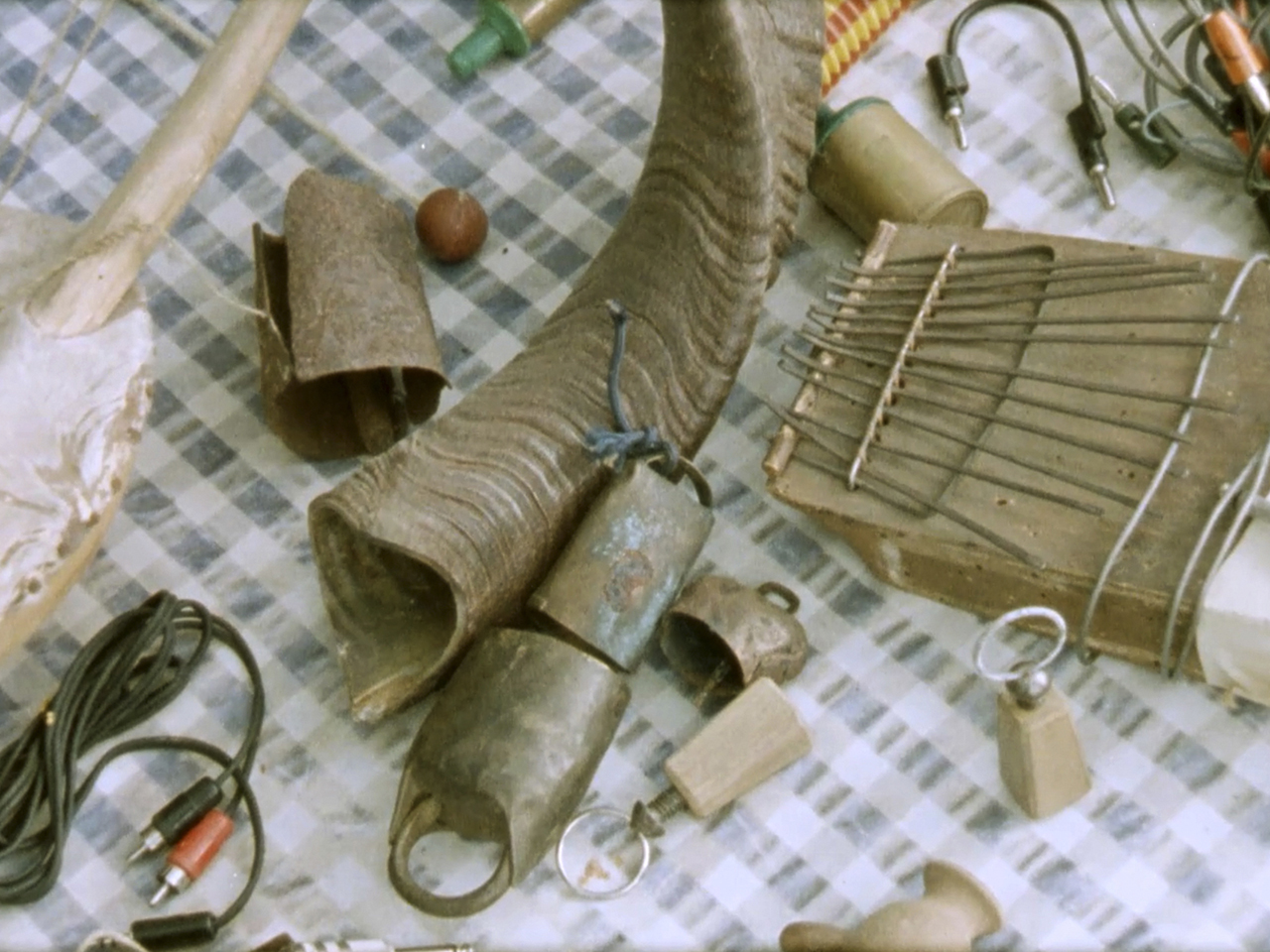
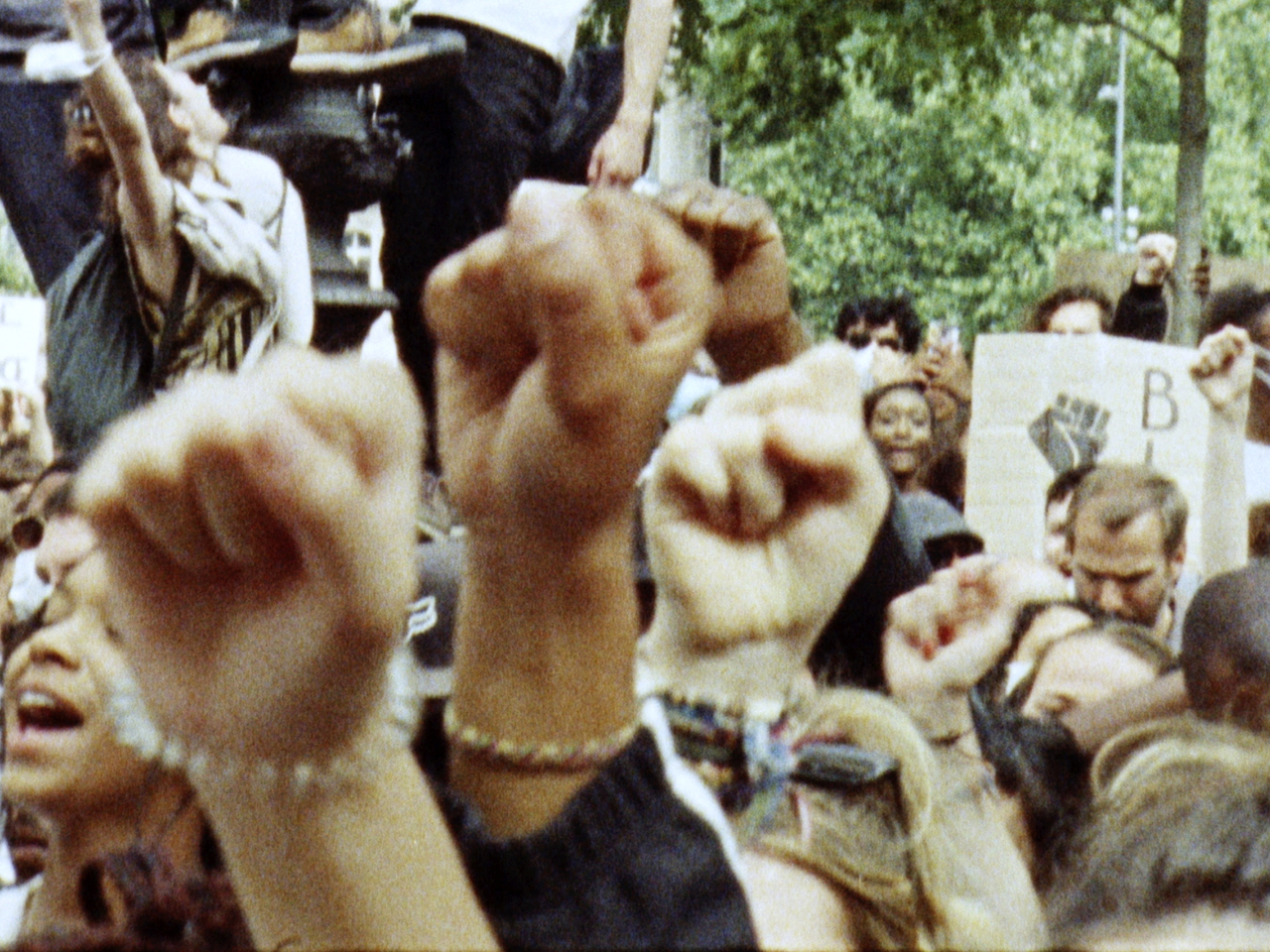
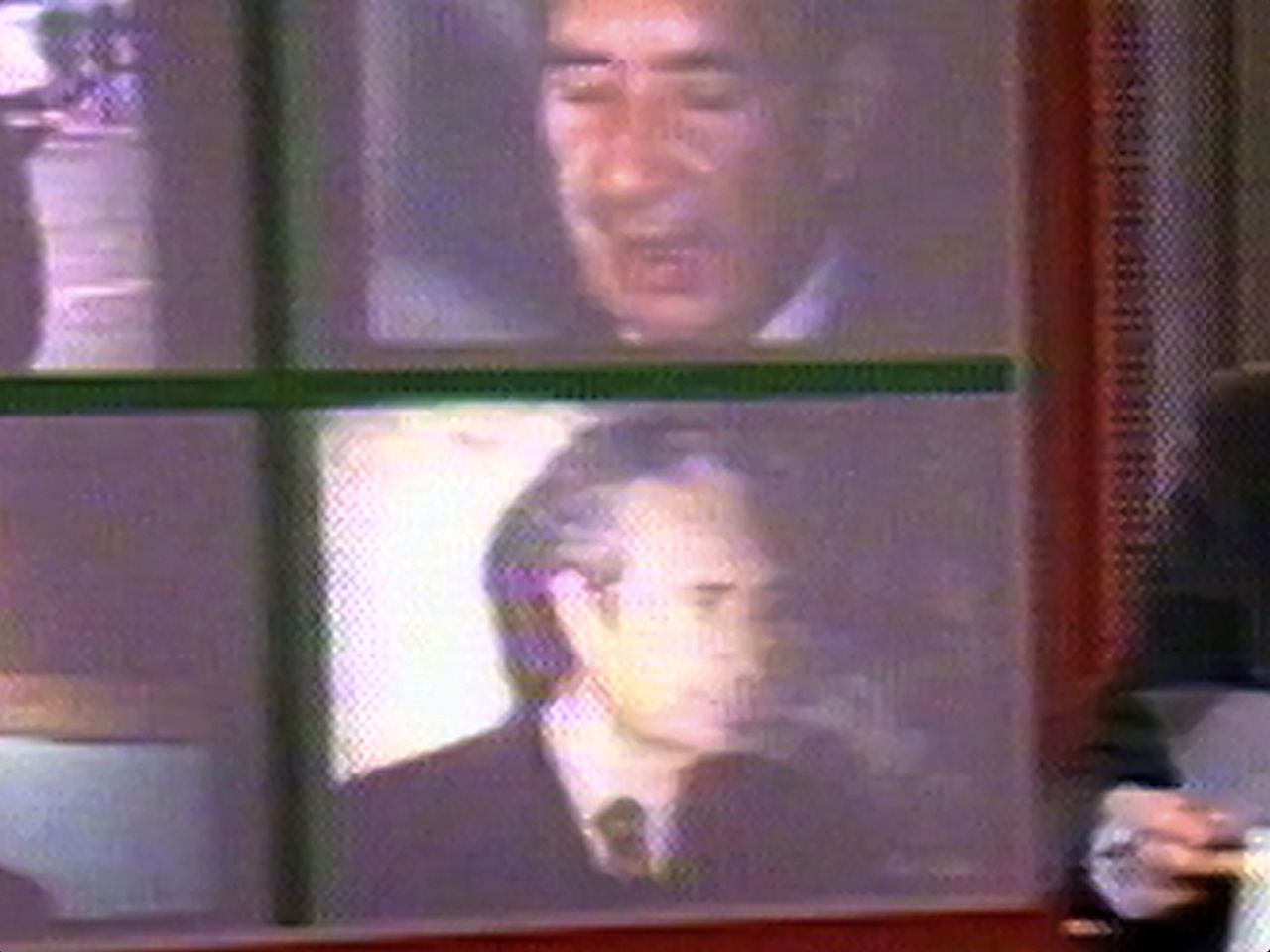

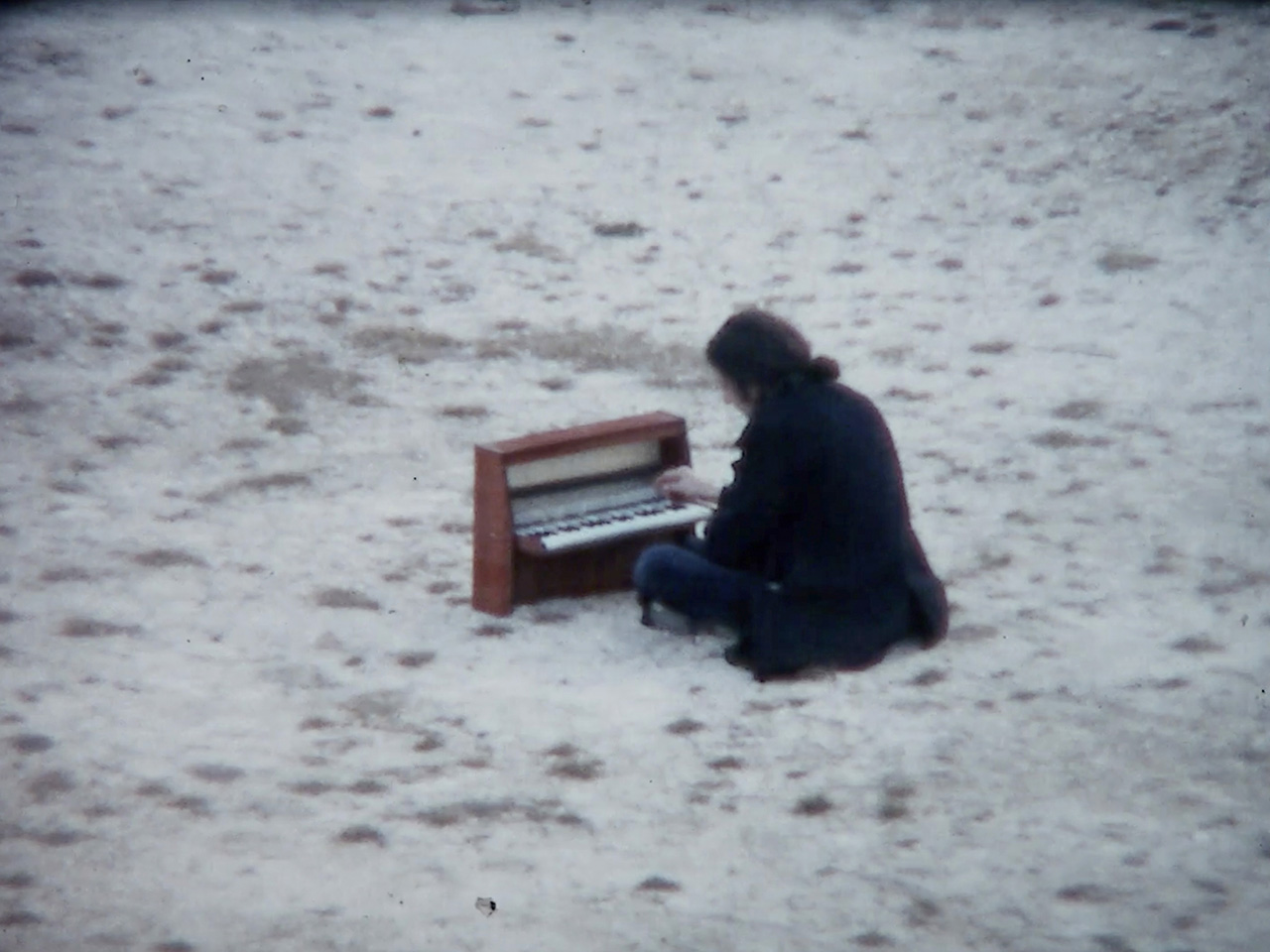
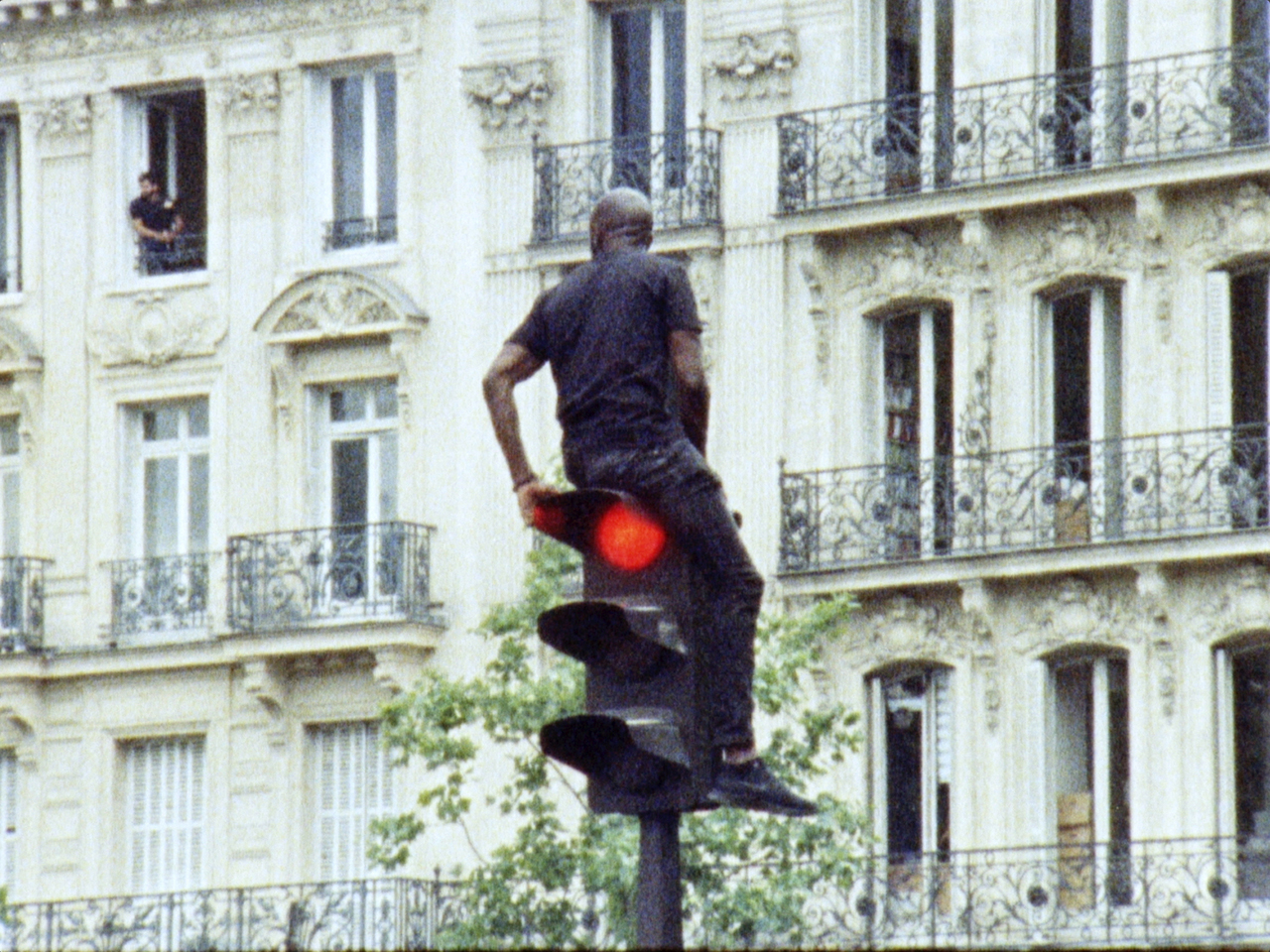
Rome, years of lead. Aldo Moro is kidnapped in the fervor of the Red Brigades. The armed struggle is propelled towards a political dead end. Alvin Curran, mythical figure of the musical Avant-Garde, strives to dissolve the figure of the author in the collective. The notion of instruments is extended to natural and everyday objects, producing revolutionary works.
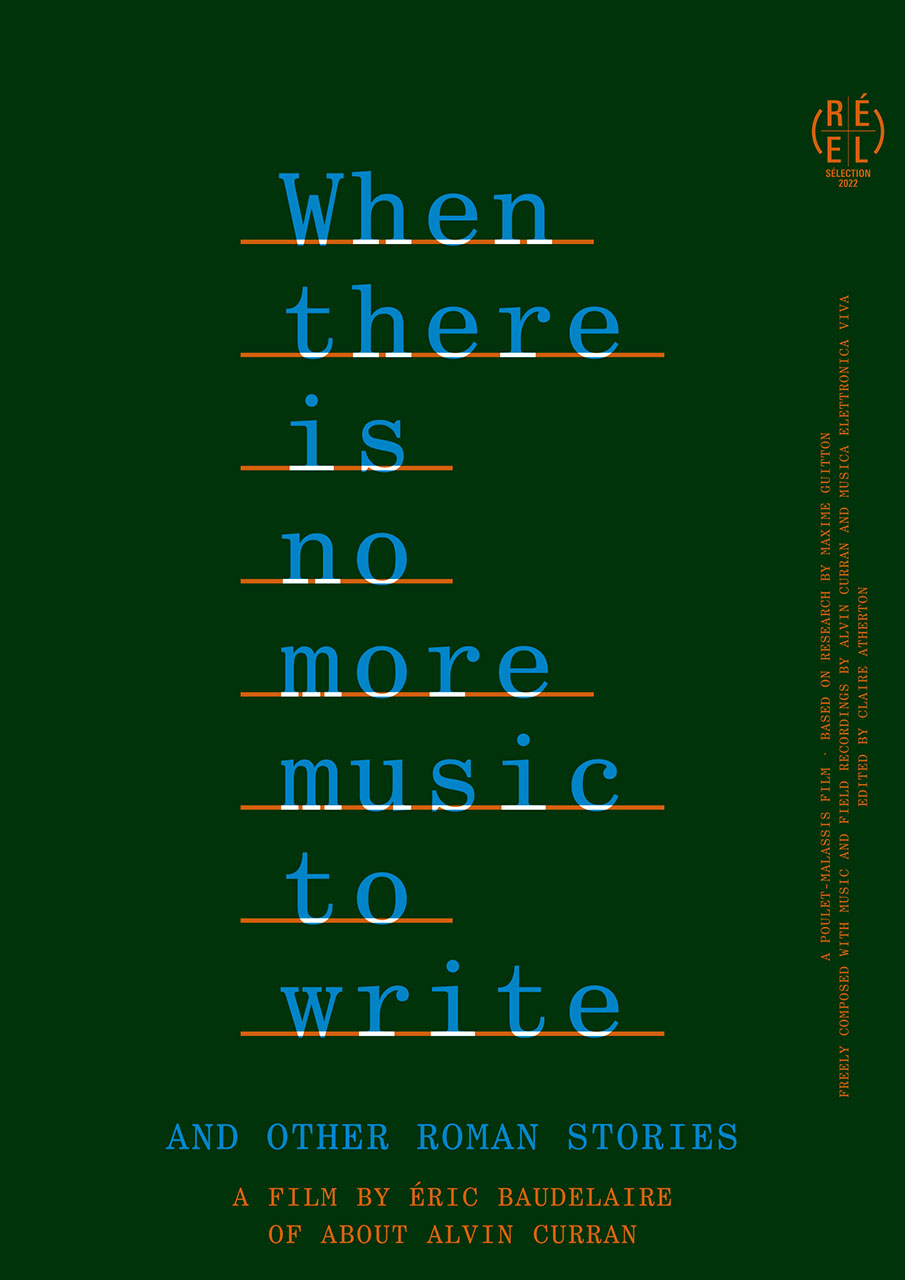
When There Is No More Music to Write, and Other Roman Stories 2022
Colour, Stereo, 4:3
59 minutes
Colour, Stereo, 4:3
59 minutes
Underneath the lengthy title of Éric Baudelaire’s new film, three films are hiding, separated by three credit rolls and three titles (Four Flat Tires, The Lost Score, and When There Is No More Music to Write). They evoke the figure of avant-garde composer Alvin Curran in his relationship to Rome, where he settled in the mid-1960s, and the music he created there, mainly within the famous Musica Elettronica Viva collective. But as the sub-title of the last of these films indicates “of about Alvin Curran”, the project is no less a portrait than a collaboration: Baudelaire’s collaboration with the composer, whom he never films in person, but whose thoughts and sounds he borrows; with his long-time editor, Claire Atherton; and with Maxime Guitton, a researcher involved in the project right from the start and who unearths priceless material. But Baudelaire also draws on Alvin Curran’s collaborations with his own companions, such as the underground filmmaker Annabella Miscuglio, of whom Baudelaire includes several films excerpts; with his city and his times, marked by the kidnapping of Aldo Moro and the revolutionary struggle. For it was in reaction to the discourses on the end of history and to the Years of Lead that Alvin Curran justified a musical art free from scored music and focussed on collaborative and performative processes. And to oppose political deadlocks and death, the cinema of Éric Baudelaire, in league with the oeuvre he documents, plays down the figure of the author and the pretension to an art as a single unit. Three times over the film ends and restarts, with the certainty that by replaying the end, everything can begin again • Antoine Thirion, Cinéma du Réel catalogue
September 16–October 29, 2023
When There Is No More Music to Write
Éric Baudelaire and Alvin Curran
Biennale Son, Sion
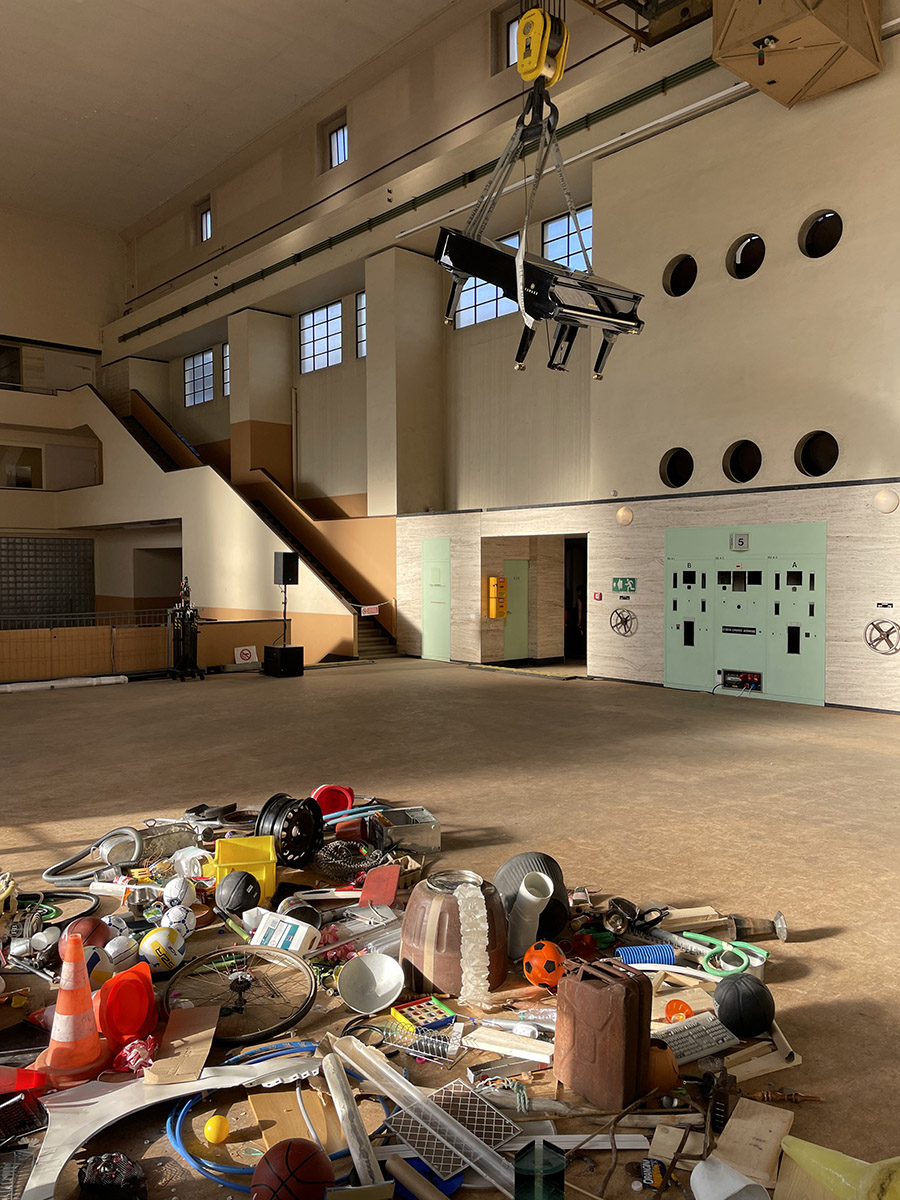
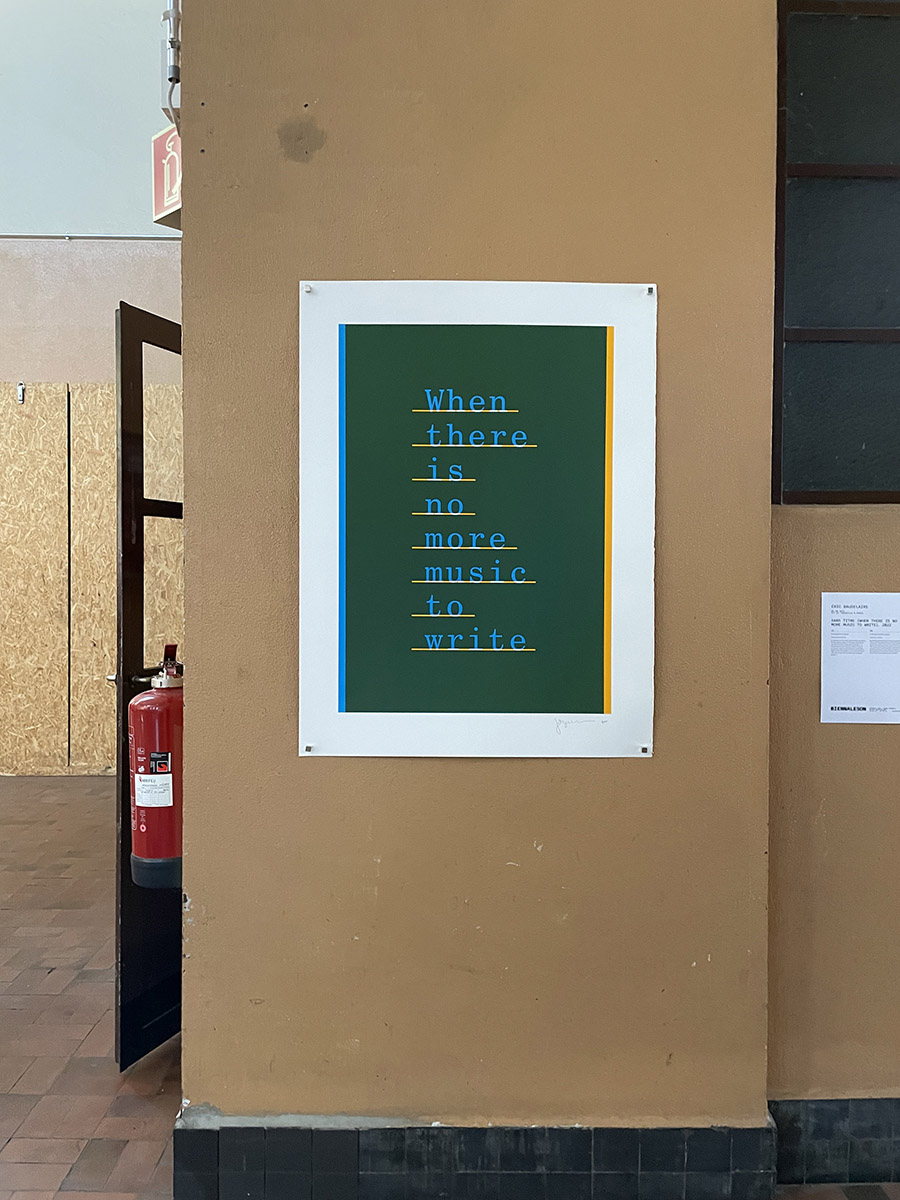

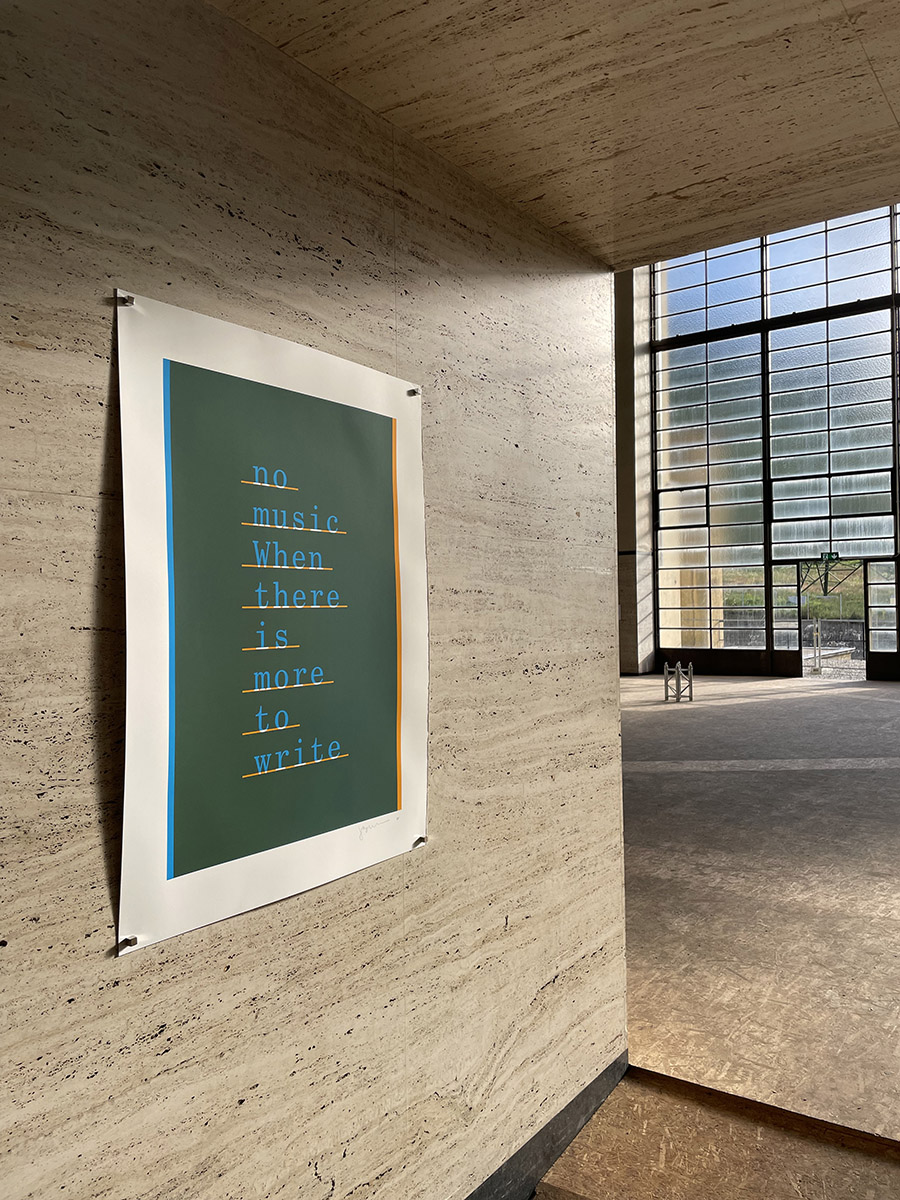
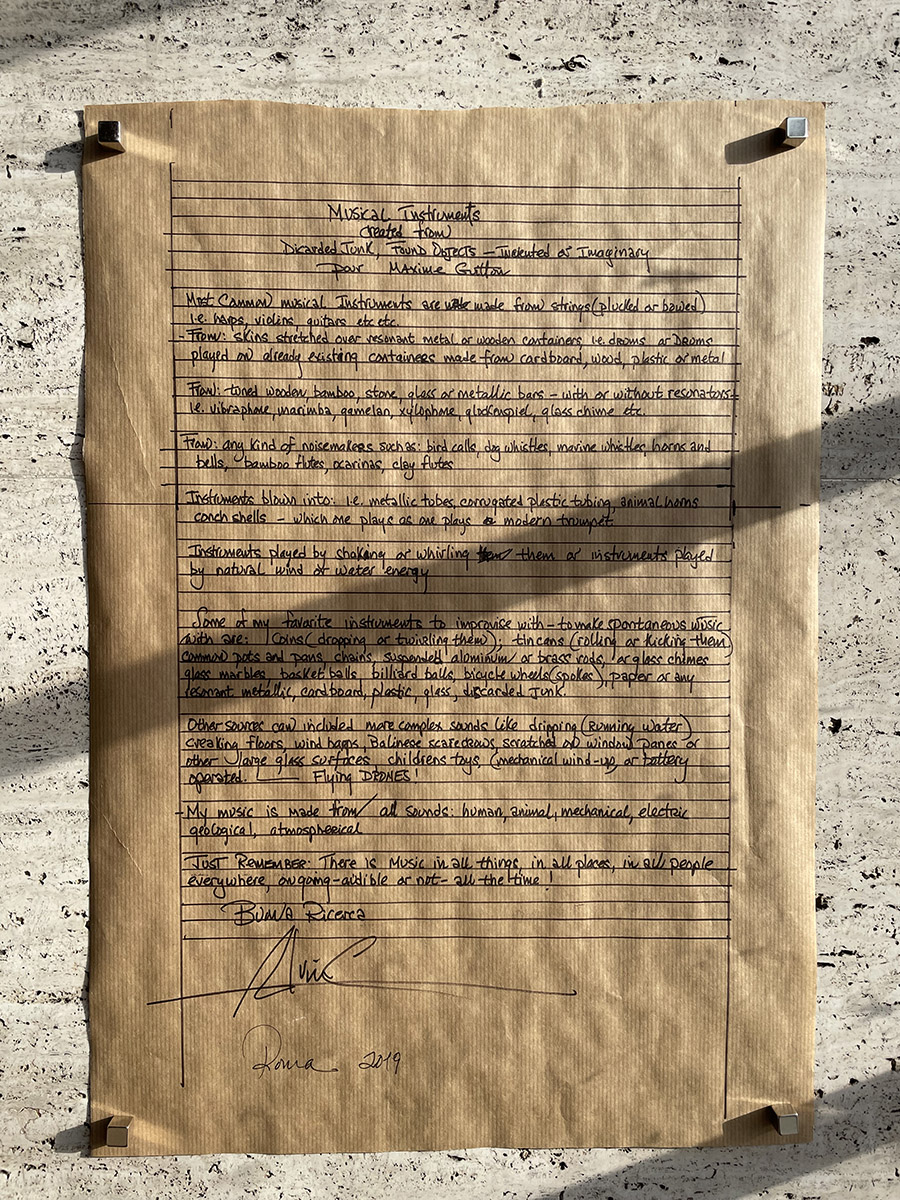
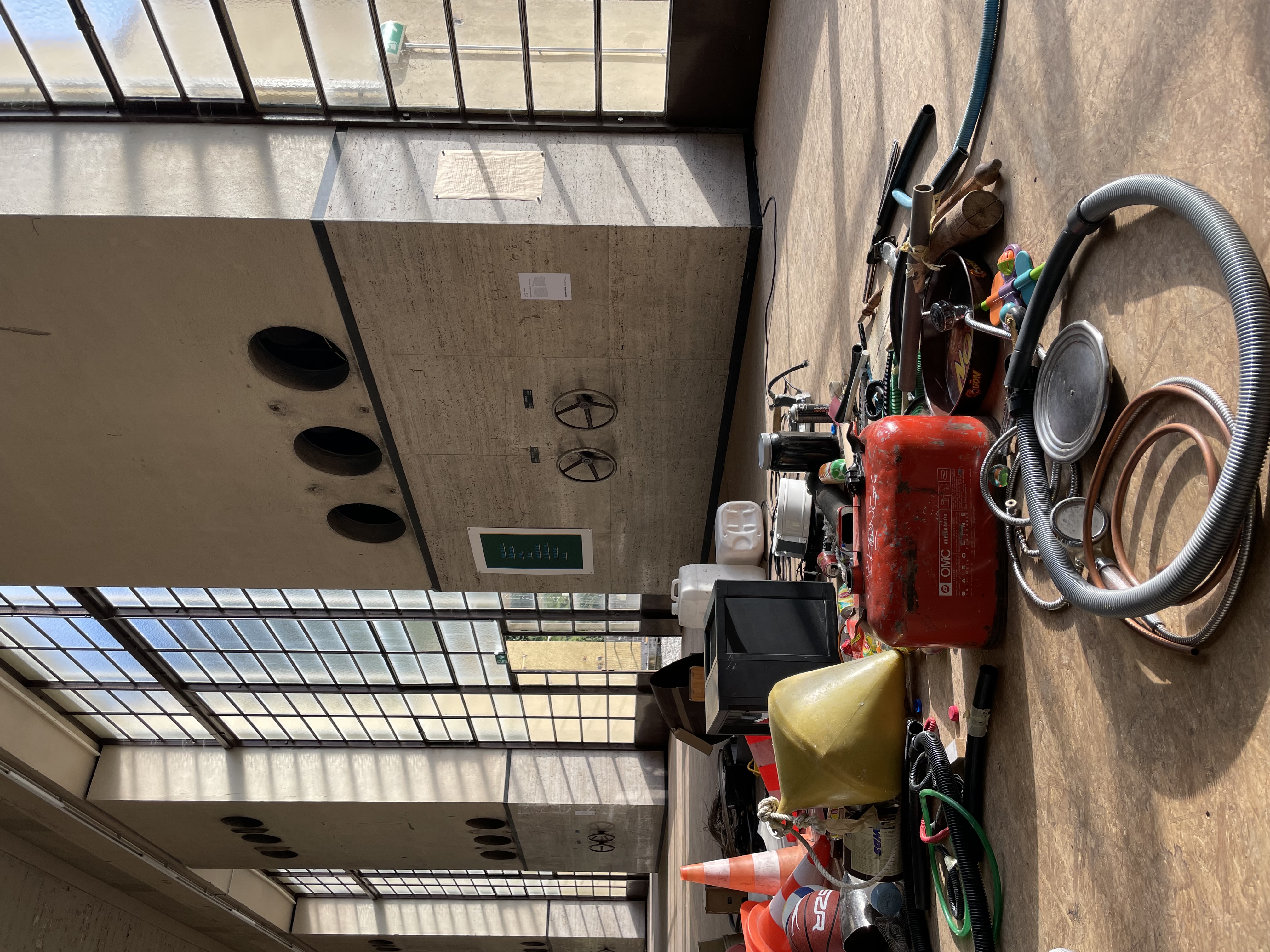


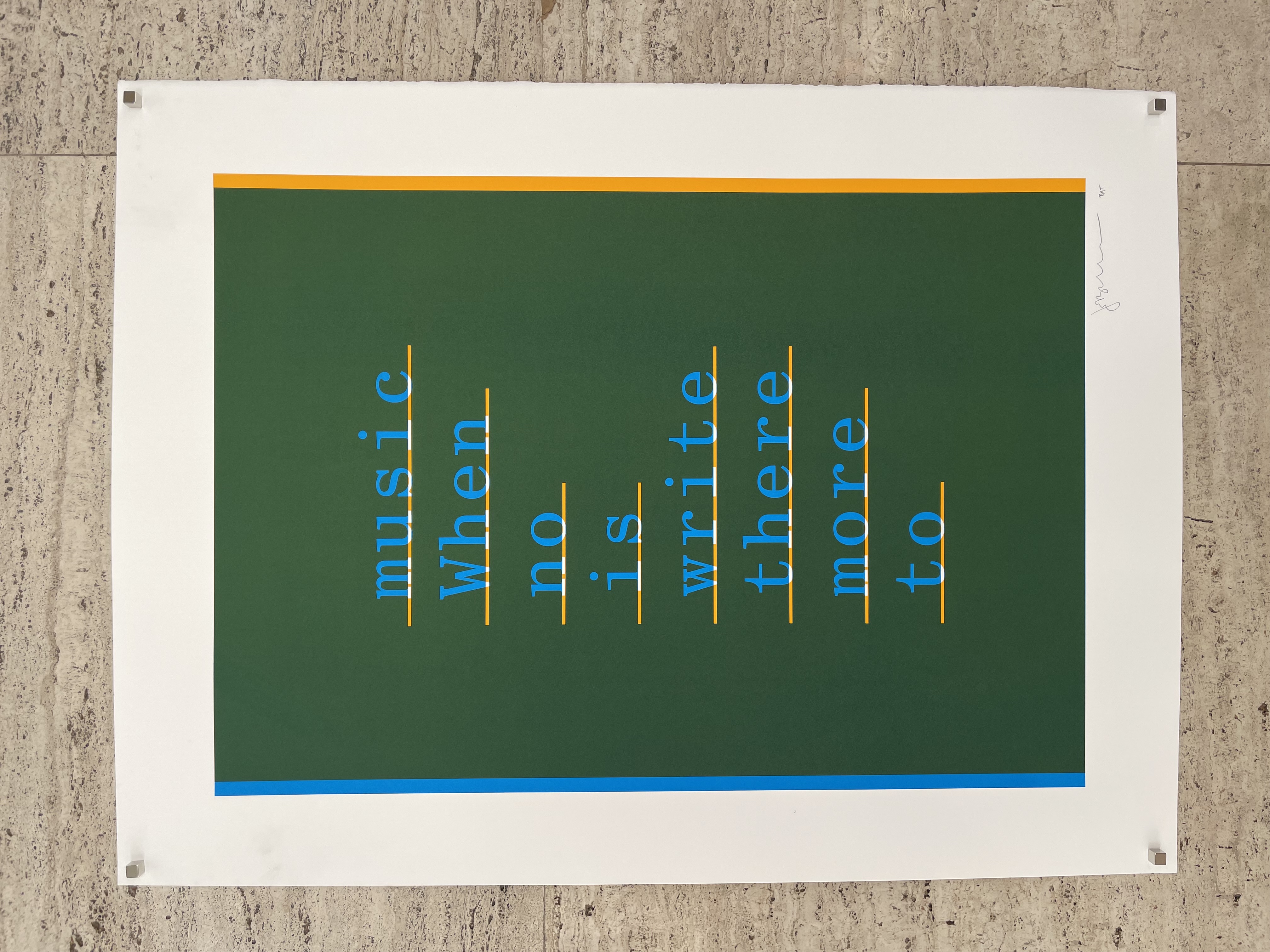


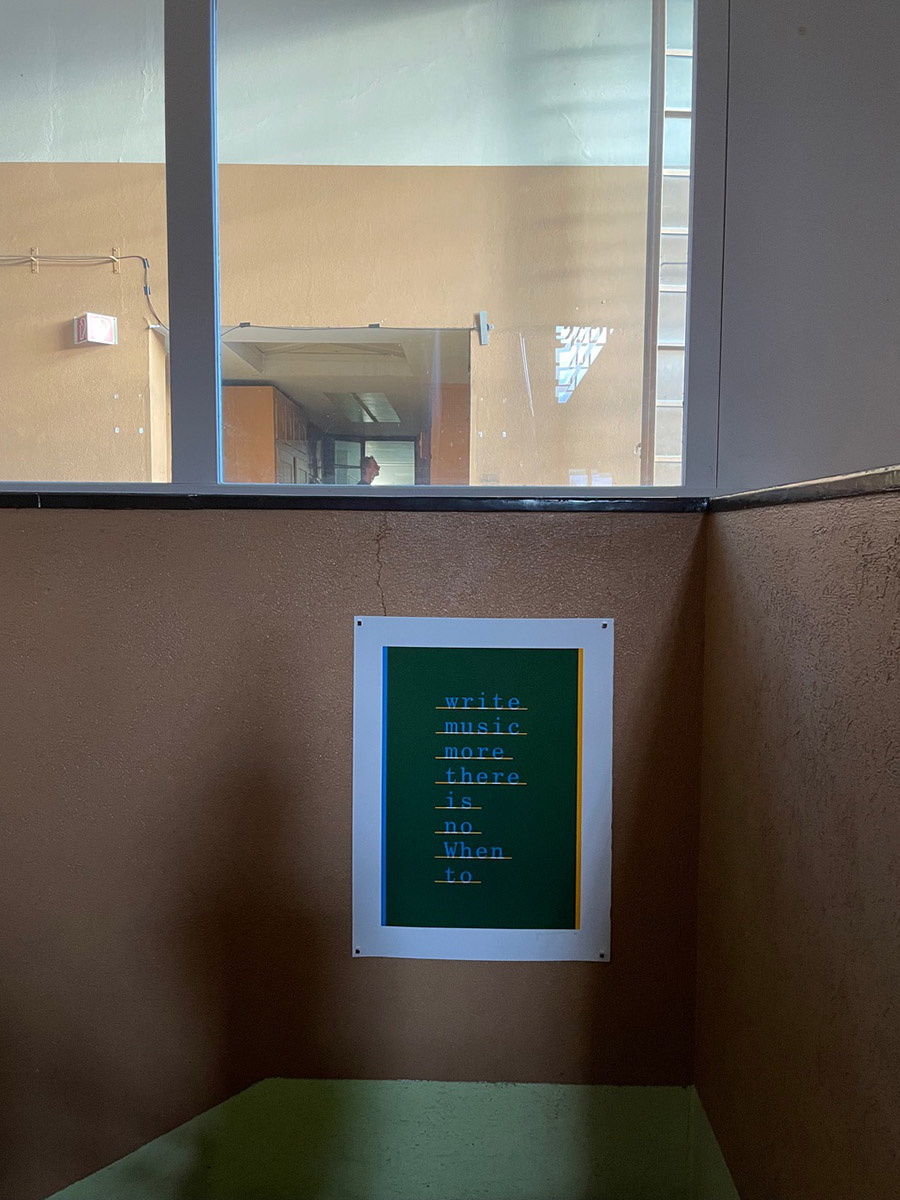
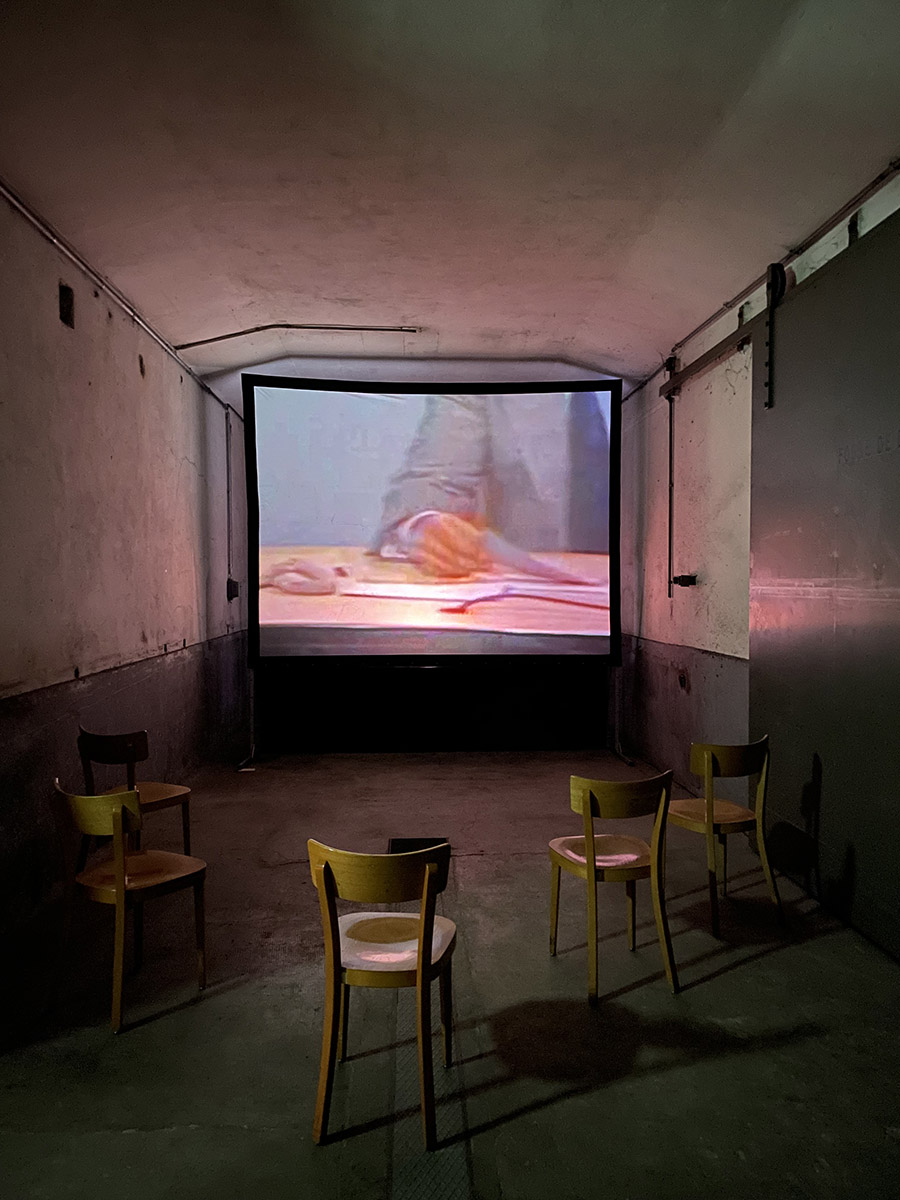



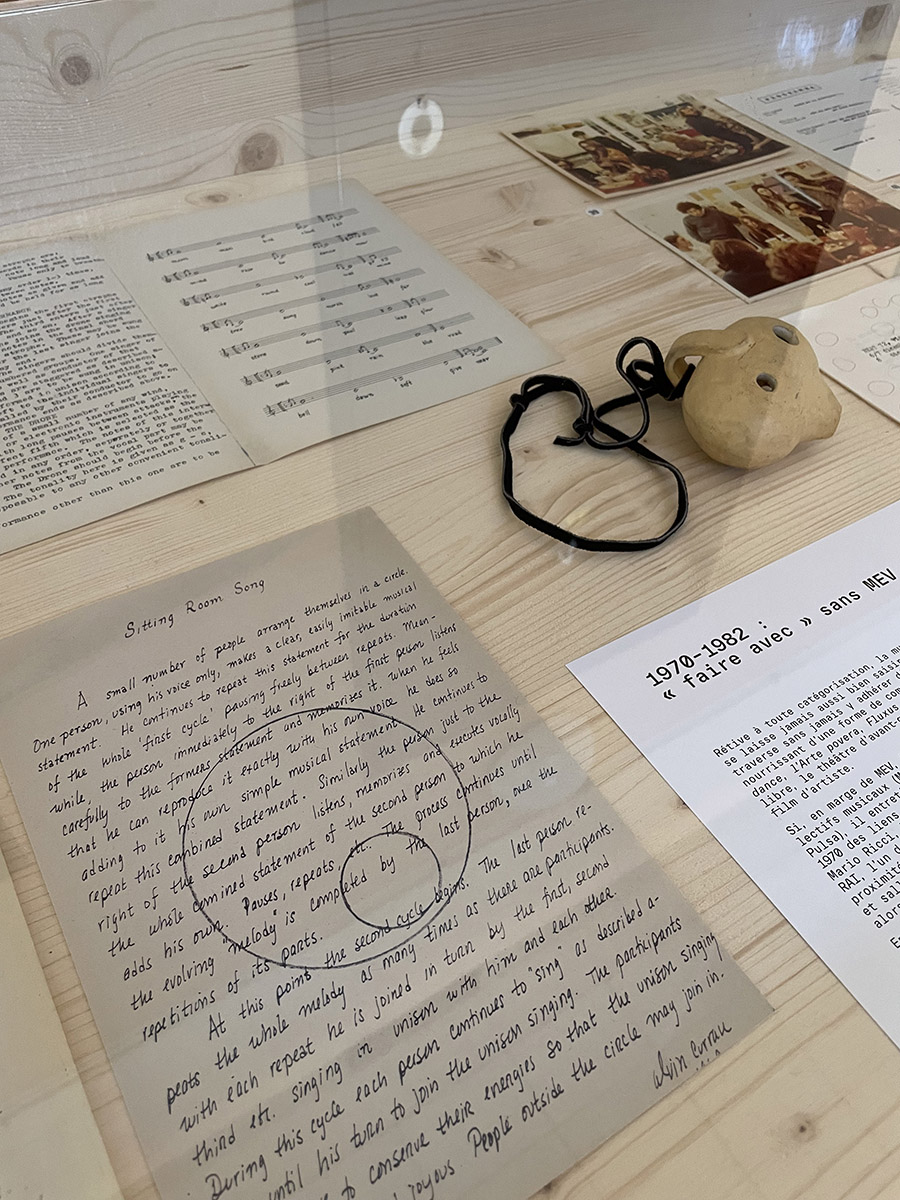
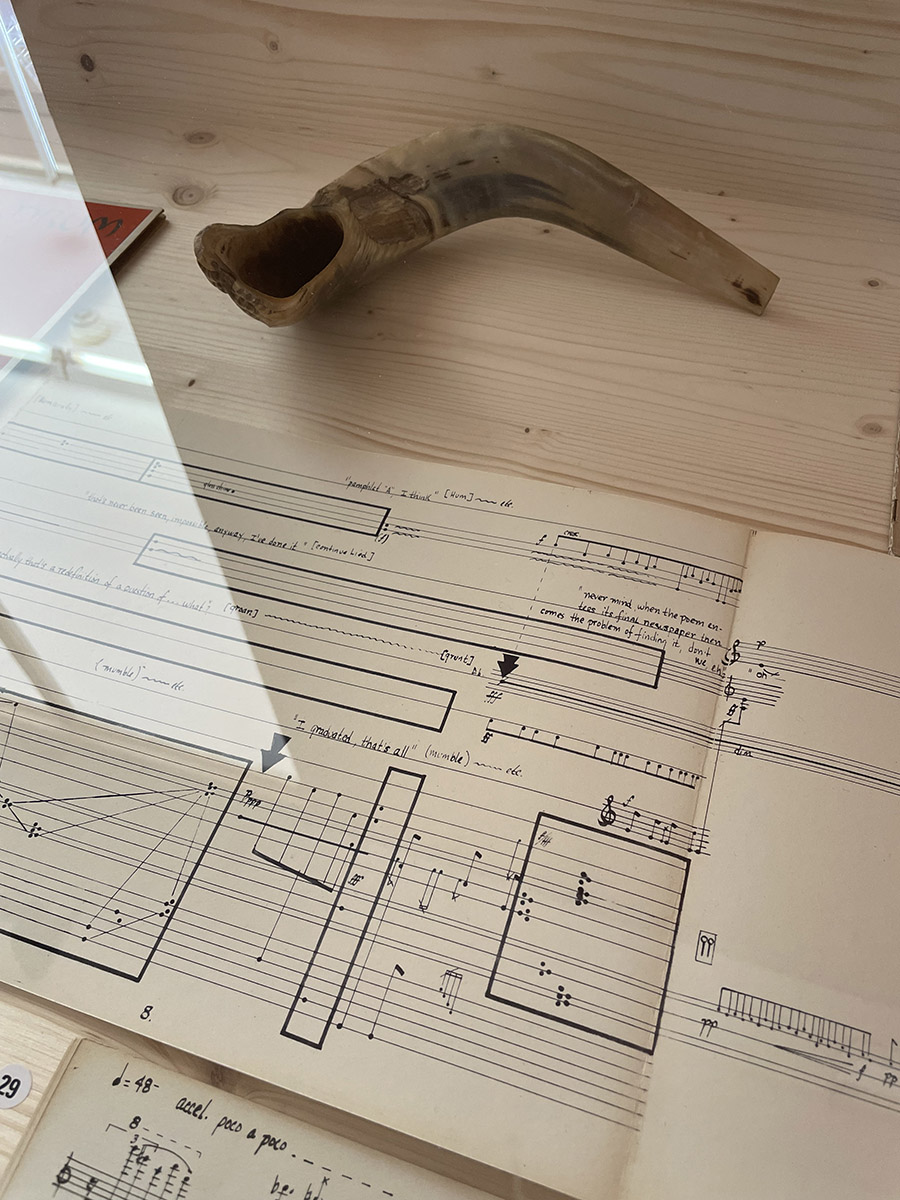
May 28–September 18, 2022
When There Is No More Music to Write
Éric Baudelaire and Alvin Curran
Spike Island, Bristol
An exhibition by artist and filmmaker Éric Baudelaire and avant-garde composer Alvin Curran that traces a musical revolution taking place at a time of great political upheaval during the 1960s and 70s. Curated in collaboration with music historian Maxime Guitton, the show at Spike Island includes three new films by Baudelaire, two largescale 'sound sculptures' by Curran, and an archive display assembled by Guitton that recount Curran's life and work in Rome, where he settled in 1964. Curran is a key figure in the history of experimental music. He has expanded the notion of what an instrument can be to include objects from nature and everyday lite. Shortly after he moved to Rome, Curran met the ltalian avant-garde composer Franco Evangelisti, who told him: "Don't you know that there's no more music to write?" Over the years this phrase became key to Curran's musical experimentation, leading him to embrace electroacoustic improvisation as a way forward. Baudelaire's films combine Curran's first-person accounts of his life with details of the radical political mobilisations occurring in Italy at the time, which reached a boilingpoint with the kidnapping and murder of politician Aldo Moro by the Red Brigades in 1978. Situating Curran's work in the context of an artistic avant-garde motivated by the creative possibilities of collaboration and chance, they echo the music he created with found sounds by incorporating a range of source material, from Super 8 film to found footage from various archives. The films are presented alongside two sound sculptures by Curran: a self-playing piano suspended from the ceiling, and a collaborative 'instrumentarium' of found objects. Rare archive material assembled by Guitton also sheds light on how Curran's expansive experimental practice developed across nearly three decades • Carmen Juliá, curator,

Alvin Curran, Era Ora 1982–2018
Yamaha Disklavier piano, digital file

A Lost Score 2022
Found footage
4 min 55
When There Is No More Music to Write 2022
Super 8 film and found footage
40 min

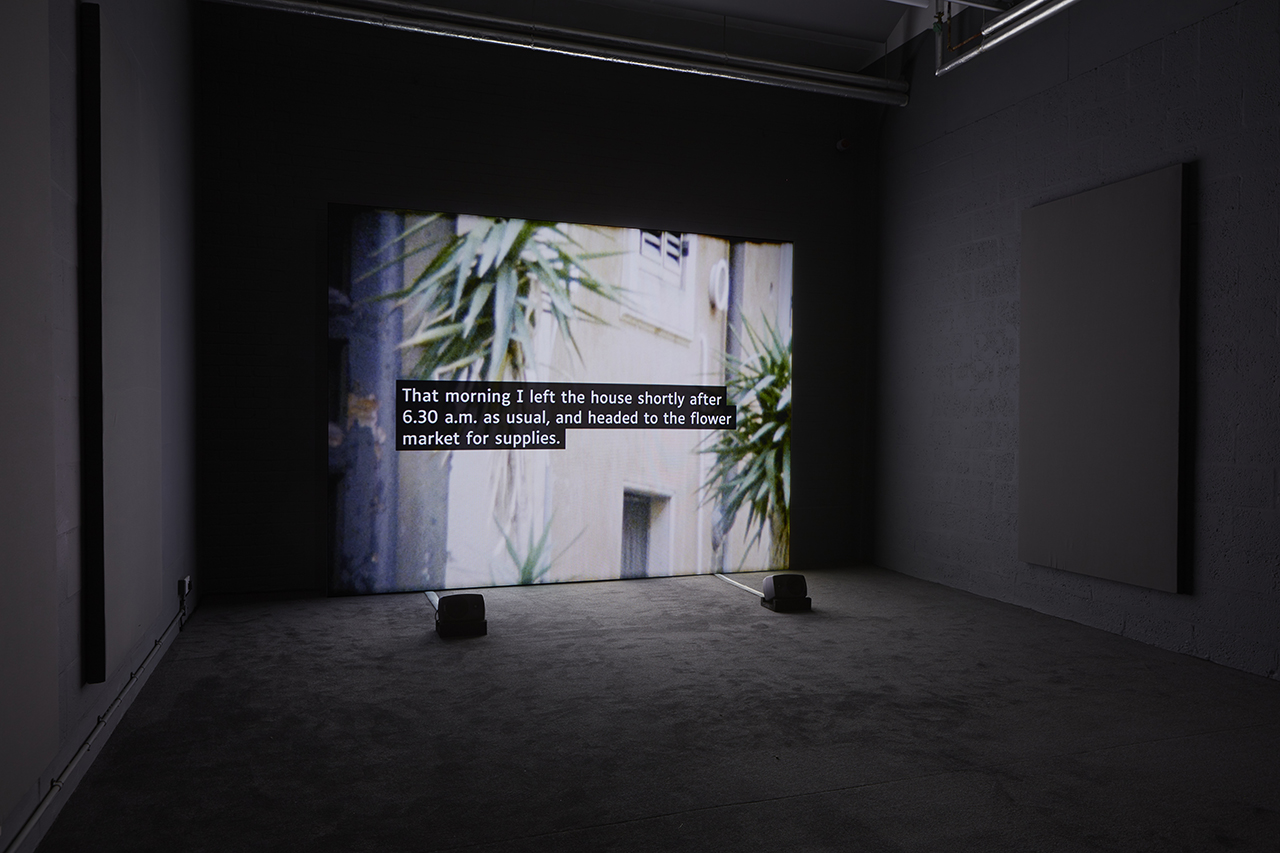

Four Flat Tires 2022
Super 8 and found footage
15 min 23

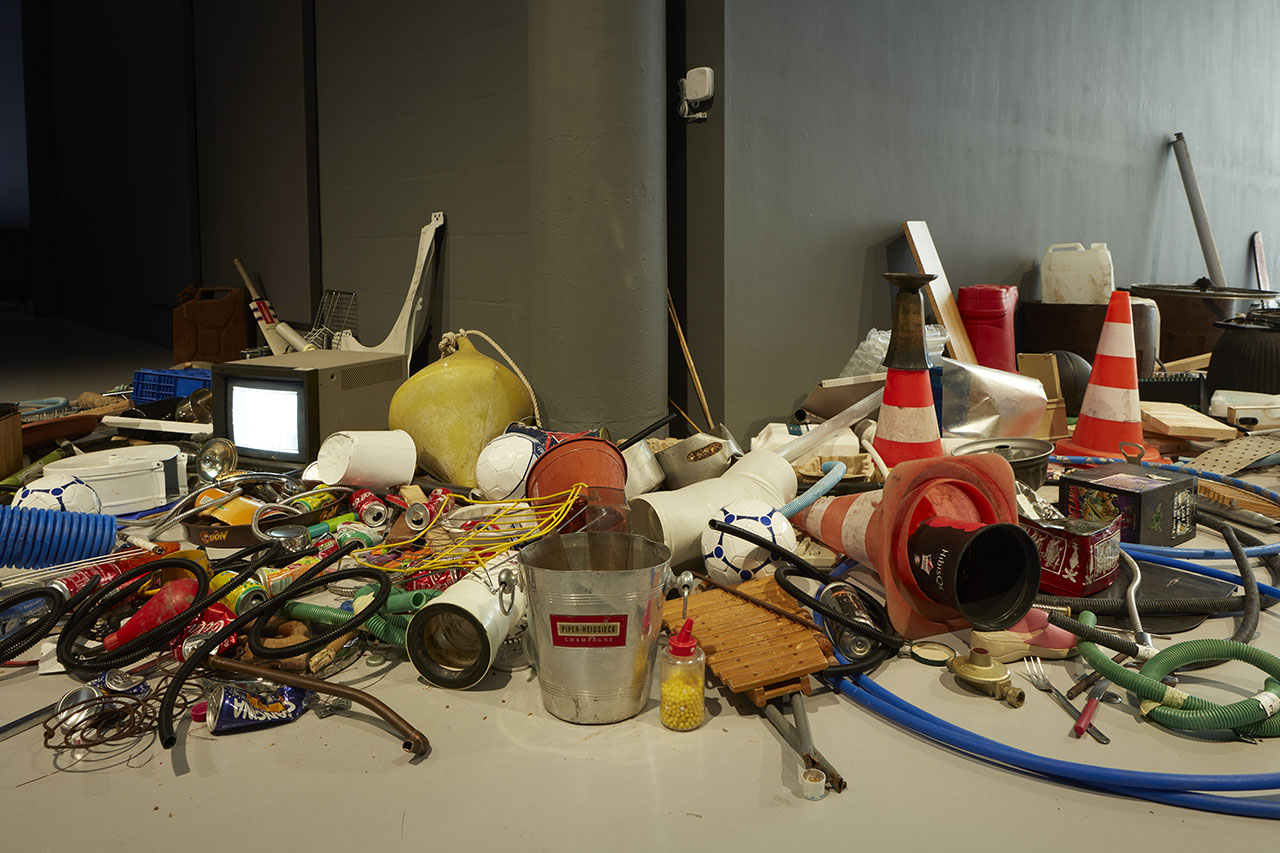

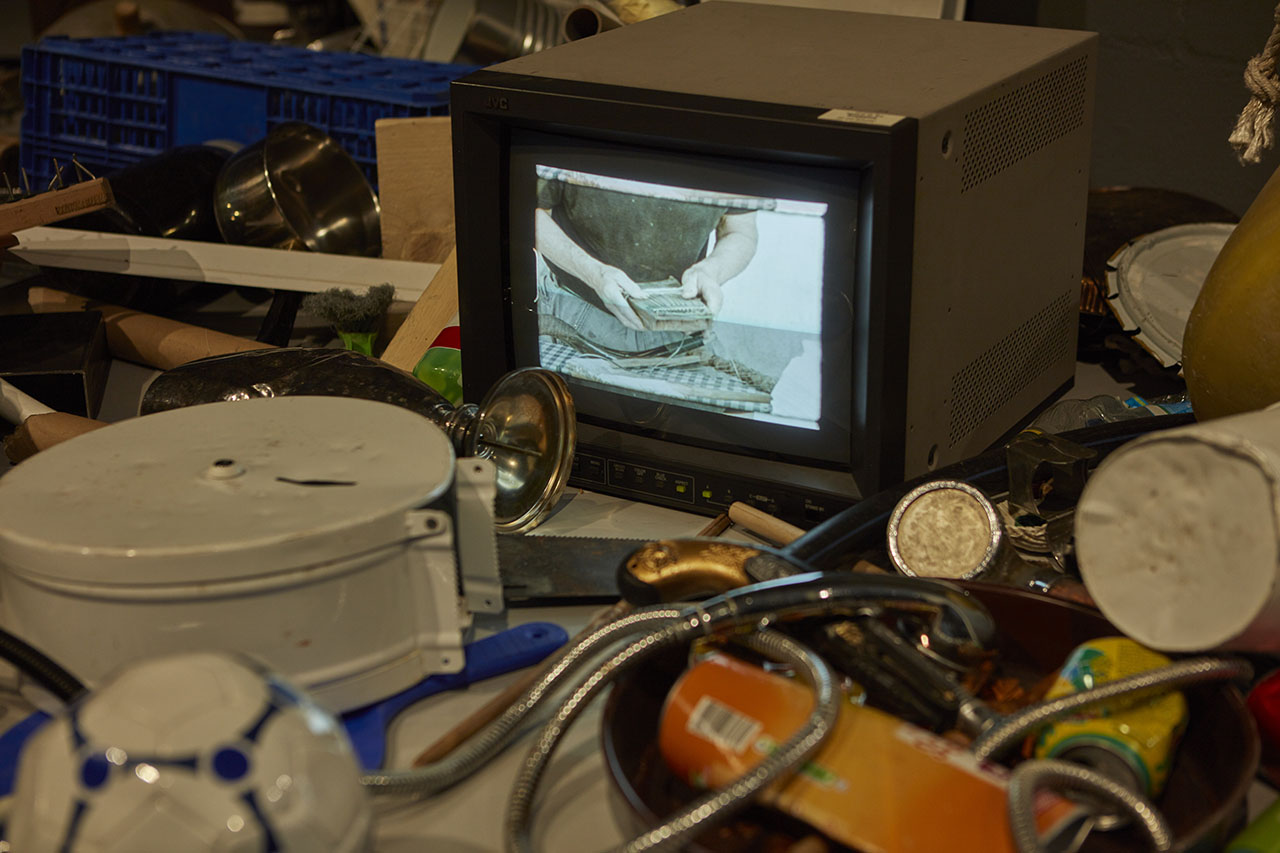
Alvin Curran, Instrumentarium 2019–2022
Found objects and TV monitor






Alvin Curran, Archive 1959–1982
Various materials
Alvin Curran, Beams 2022
Performance, May 28, 2022
Performance, May 28, 2022
November 2019–February 2020
When There Is No More Music to Write
CRAC Occitanie, Sète
Earlier versions of the film and collaborative sound works were shown as part of the exhibition Faire avec, curated by Marie Cozette at the CRAC Occitanie.
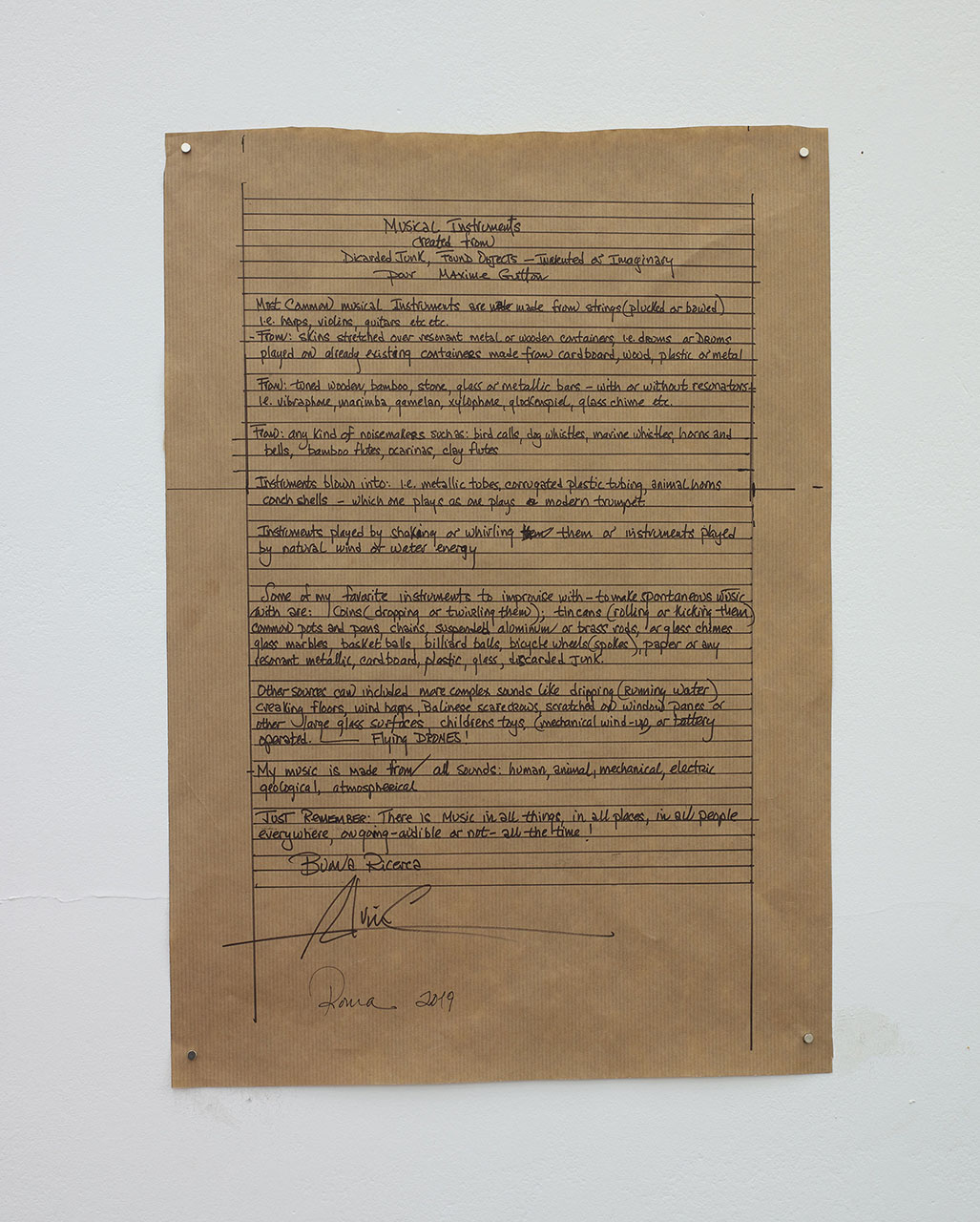
“Musical Instruments Created From Junk, Found Objects, Invented, Imaginary – for Maxime“, a text by Alvin Curran︎︎︎
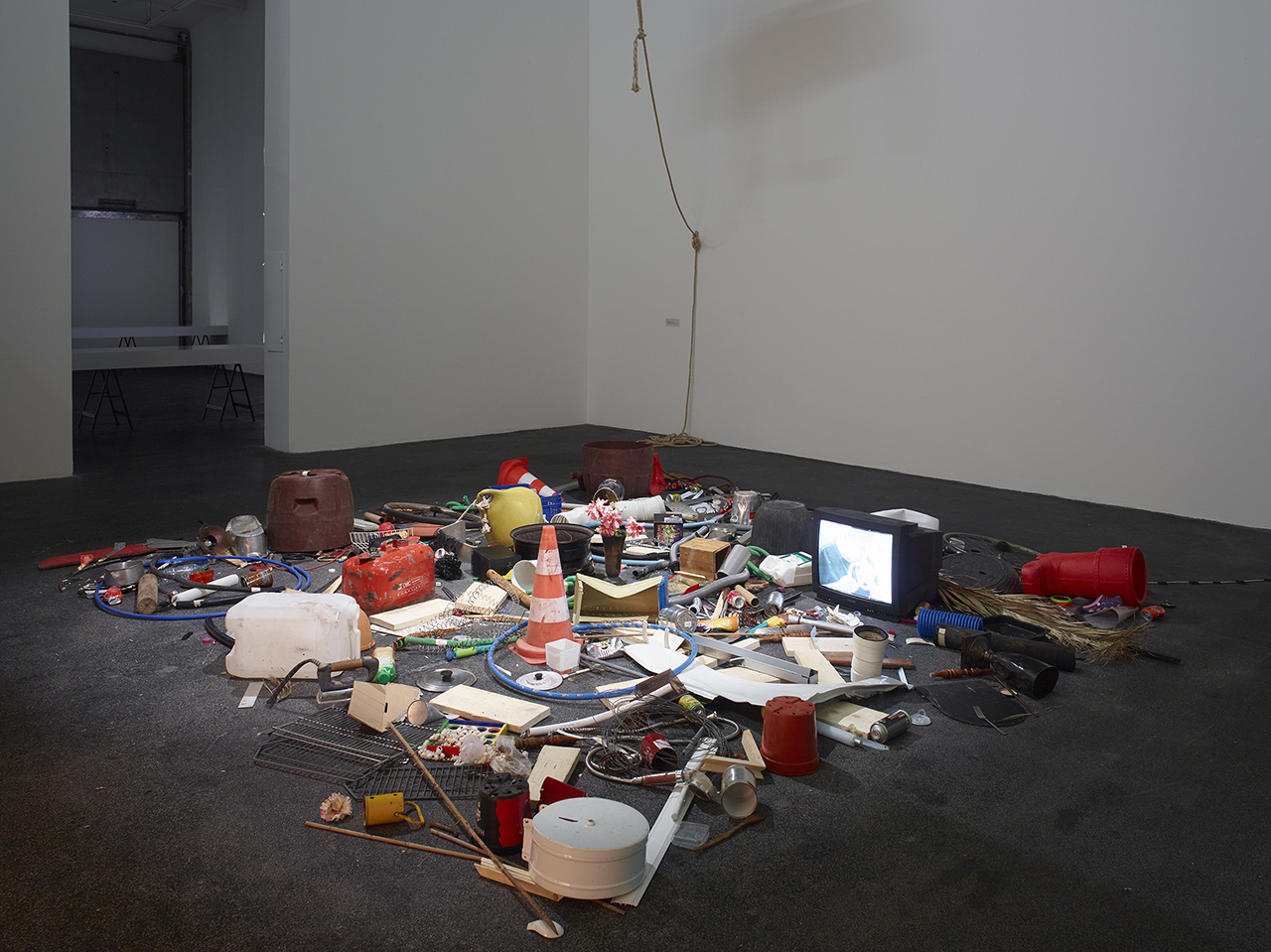
Found instruments collected according to the principles descibed in the text, a Super 8mm film displayed on a monitor

Era Ora, a sound piece by Alvin Curran for self-playing piano

A 75 minutes film and two vitrines of archival documents
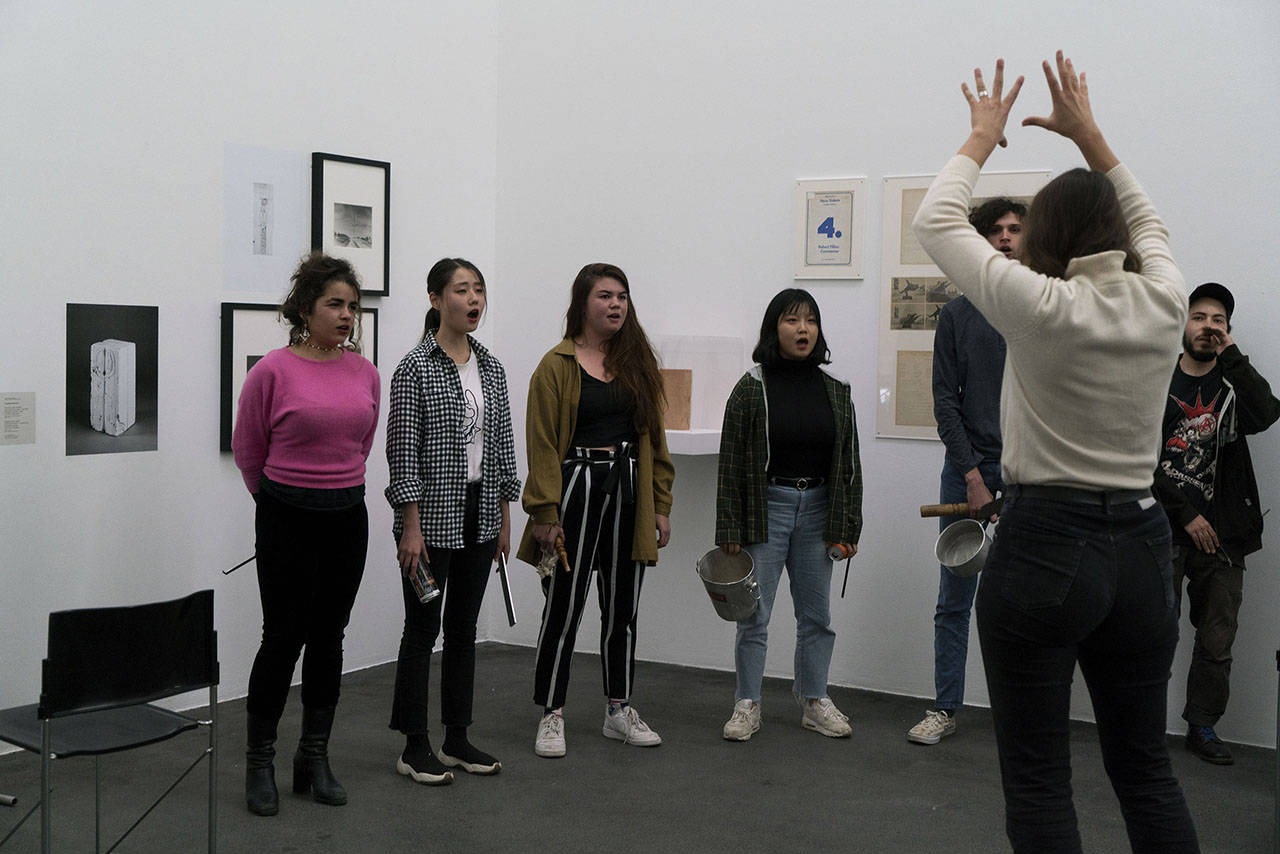



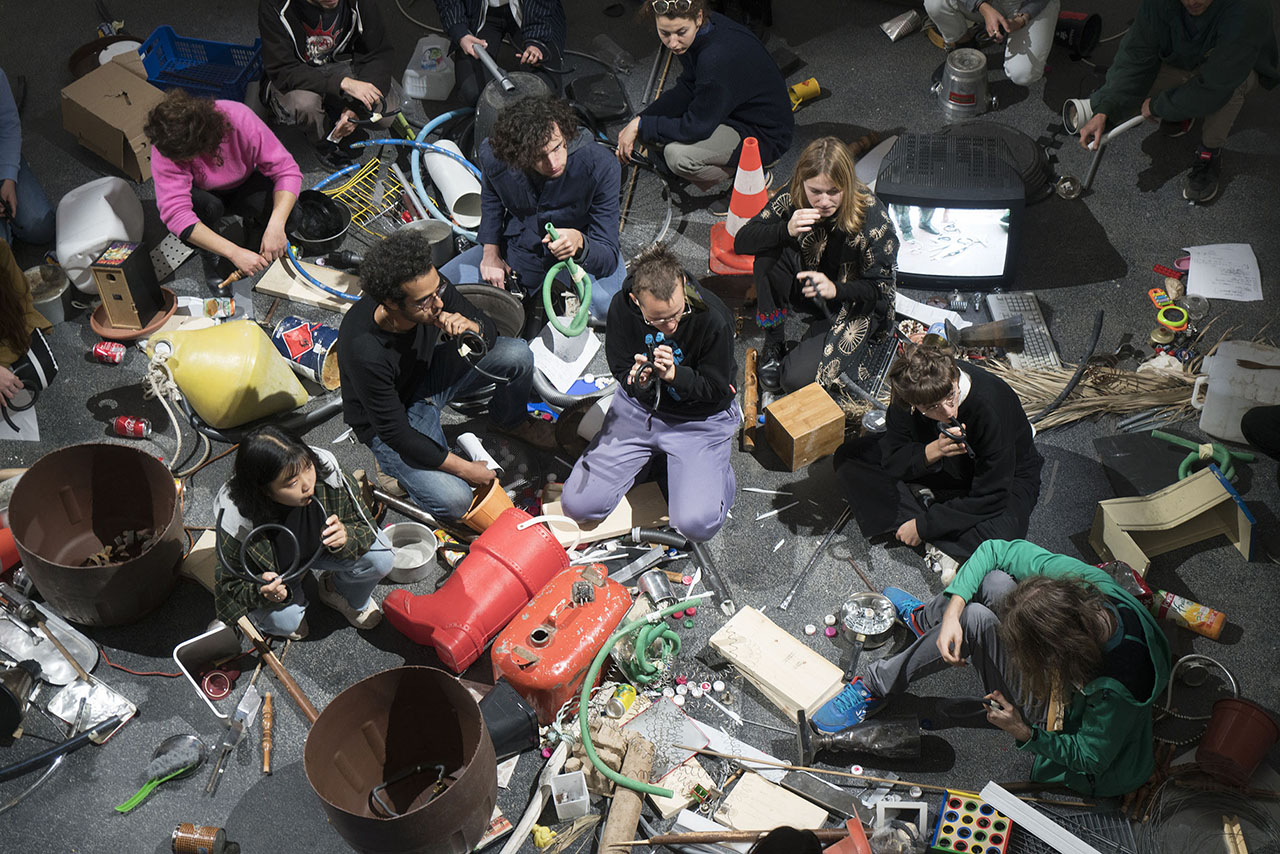
Dando i numeri, going nuts, a performance by Alvin Curran with 29 students from École(s) du Sud